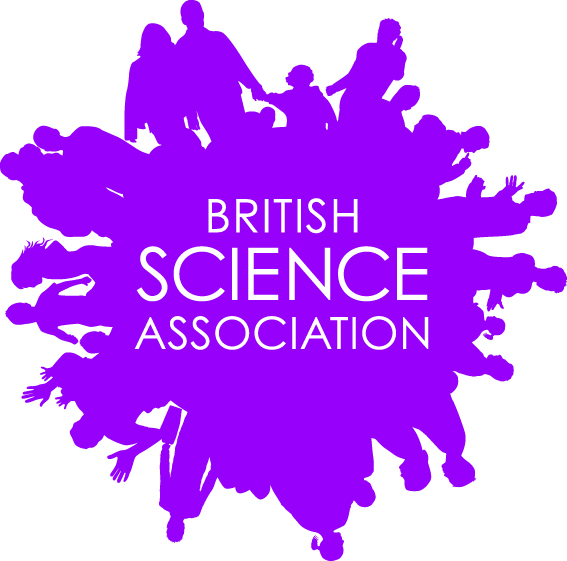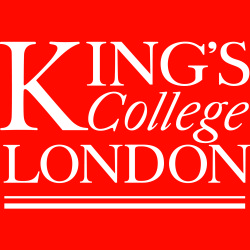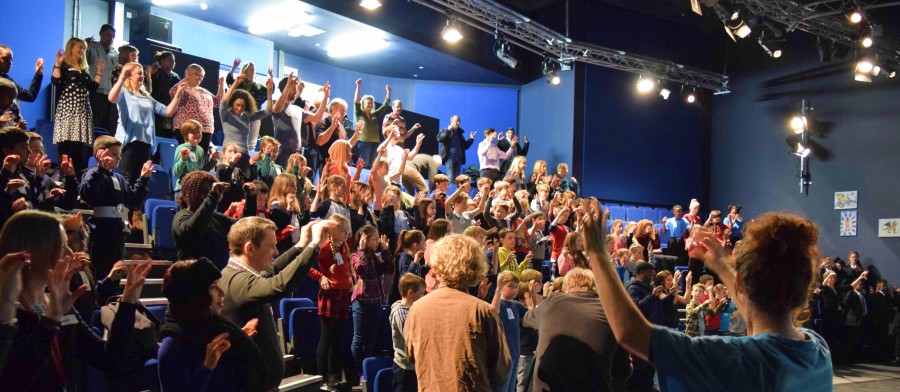Outreach – King’s College London
Minerva Scientifica – The Franklin Effect
School Projects with Museum of Life Sciences
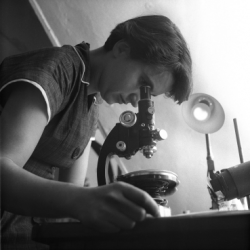 Dr Rosalind Franklin worked on DNA at King’s in the 50’s and her highly prized x-ray crystallography work produced photo 51 – the key to unravelling the mystery of the structure of DNA.
Dr Rosalind Franklin worked on DNA at King’s in the 50’s and her highly prized x-ray crystallography work produced photo 51 – the key to unravelling the mystery of the structure of DNA.
Minerva Scientifica – The Franklin Effect – King’s College London 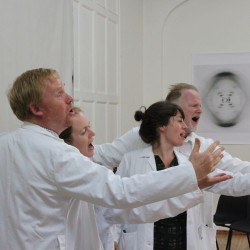
The producers of Minerva Scientifica, electric voice theatre, worked at King’s College London from 2015 – 2016 with 4 exceptional female scientists to collaborate with 4 exceptional female composers in the creation of pieces of music for vocal quartet based on in-depth scientific understanding and parallel scientific and musical processes with Rosalind Franklin as their inspiration.
This project has led to long term relationships with scientists at King’s with whom we developed associated schools projects which became a flagship education event in British Science Week 2016, and which are now available to Primary & Secondary Schools during 2017.
Minerva Scientifica – The Franklin Effect
Outreach Projects for Schools
Museum of Life Sciences King’s College London
An electric voice theatre initiative (led by Artistic Director, Frances M Lynch) in partnership with Professor Brian Sutton, Professor of Molecular Biophysics, Xray Crystallography, DNA, Franklin Expert and the Museum of Life Sciences, King’s College London, Curator Dr Gillian Sales.
The Partnership offers two themed workshop projects focused around the art exhibition on Rosalind Franklin and DNA and it’s connection to the animal exhibits:
- The DNA of EVOLUTION
- The DNA of ANIMAL SOUND
The project is open to a limited number of primary or secondary schools during 2017 which can take 1 or 2 classes of up to 32 students per term.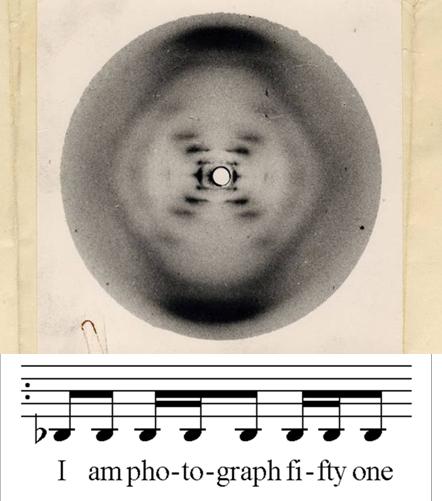
Aims:
- To create a short dramatic vocal work based on an examination of evolution or the physics of sound through the DNA/Franklin and animal exhibits in the museum
- To introduce complimentary concepts and processes in science and music eg: The Double Helix/contrary motion; replication; repetition; patterns; symmetry; evolution; progression etc…
- To offer specific expertise in Crystallography, DNA, Natural Sciences, Voice, Composition and Performance
- To work within the context of knowledge and understanding of the role of female scientists
- To encourage individual research by students
- To encourage dual creativity in science and music
- To liaise closely with the schools
- To provide opportunities for students to encounter and question leading scientists
- To deliver enhanced understanding of science through music
- To deliver enhance understanding of complex musical processes through scientific ideas
- To evaluate the scientific and artistic outcomes in meaningful and inventive ways
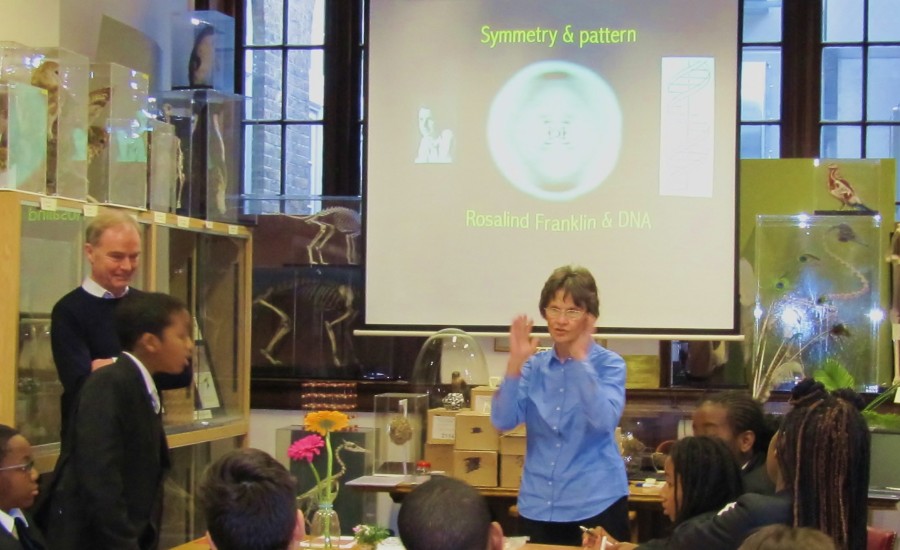 Project Outline:-
Project Outline:-
1. an introductory workshop in-school from electric voice theatre (1.5 hrs)
2. a full day visit to the Museum (classes split into 2 groups of up to 16 students for the museum visit.)
3. a follow up workshop in school from electric voice theatre (1.5 hrs)
4. rehearsal & performance (with electric voice theatre)
5. an evaluation session (1 hr)
Workshop Content: –
In-school workshops will focus on introducing the project – reinforcing the science and its research and learning phase through creative musical composition and performance.
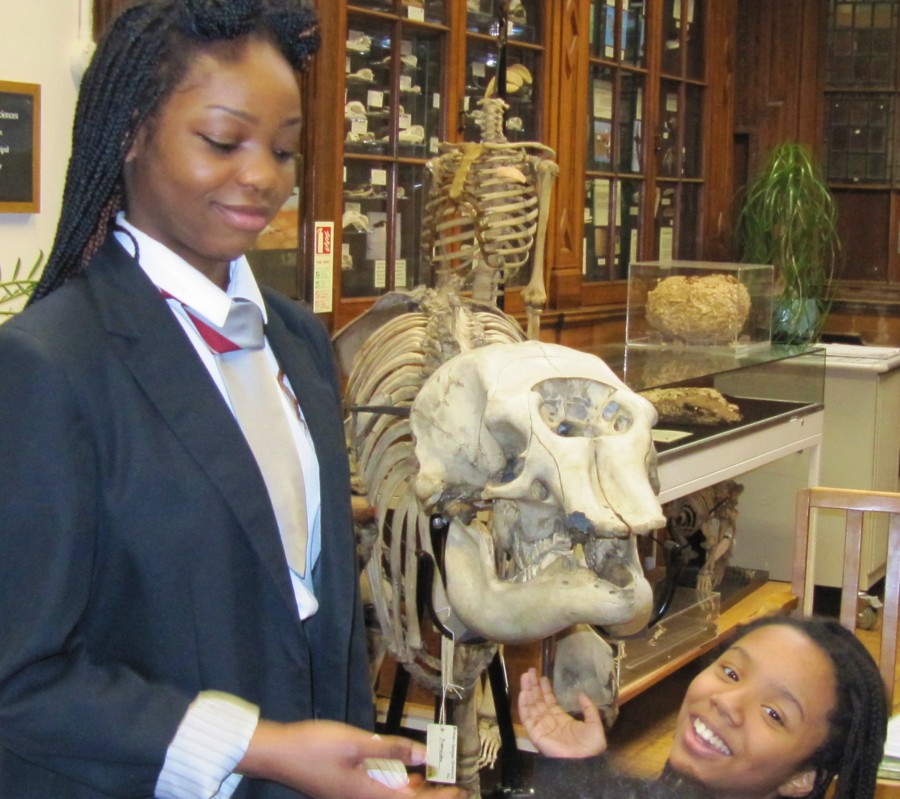 The museum workshop will be a fully integrated science and music experience including the following:
The museum workshop will be a fully integrated science and music experience including the following:
- an exposition of x-ray crystallography, DNA, and the work of Rosalind Franklin (Prof. Sutton)
- voice work using the scientific processes and concepts of DNA (patterns, symmetry, replication, etc)
Plus your chosen focus:
- The DNA of EVOLUTION – an exploration of the influences of DNA on the processes of evolution – illuminated by examination of the museum exhibits and the Tree of Life puzzle, with parallel evolving processes in music
- The DNA of ANIMAL SOUND –connecting DNA to how animals and humans make sound, including some fun hands on experiments
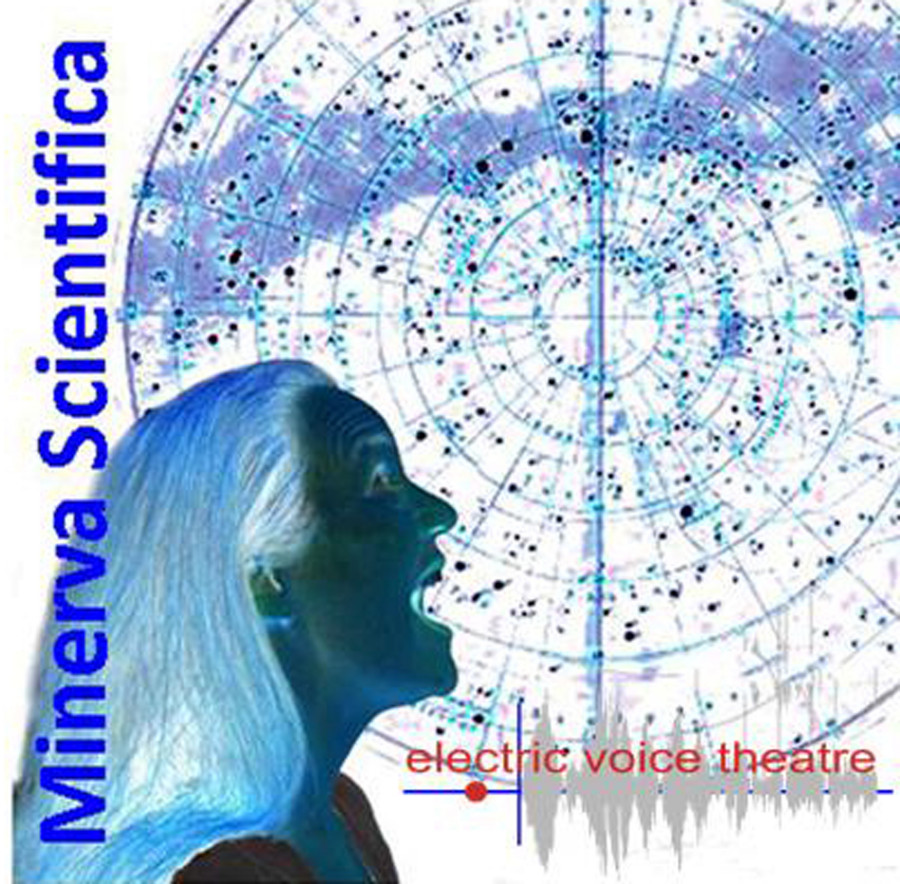 Minerva Scientifica sets out to look at the links that exist between women scientists both in history and the present day and to find ways of increasing public engagement with the physical science and with the issues encountered by expert female scientists through a parallel exposure to women composers and artists. Our patron is Judith Weir, Master of the Queen’s Music.
Minerva Scientifica sets out to look at the links that exist between women scientists both in history and the present day and to find ways of increasing public engagement with the physical science and with the issues encountered by expert female scientists through a parallel exposure to women composers and artists. Our patron is Judith Weir, Master of the Queen’s Music.
